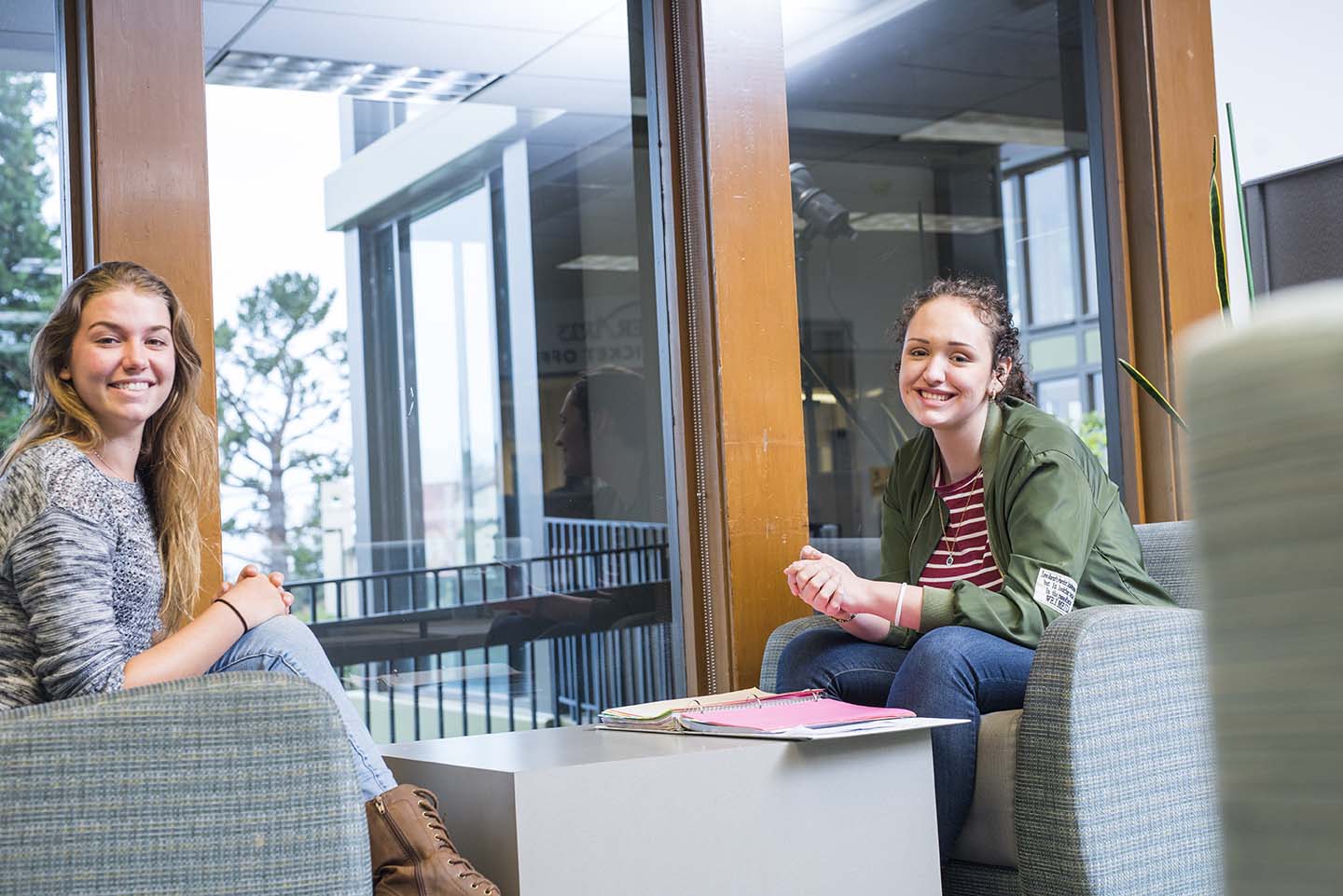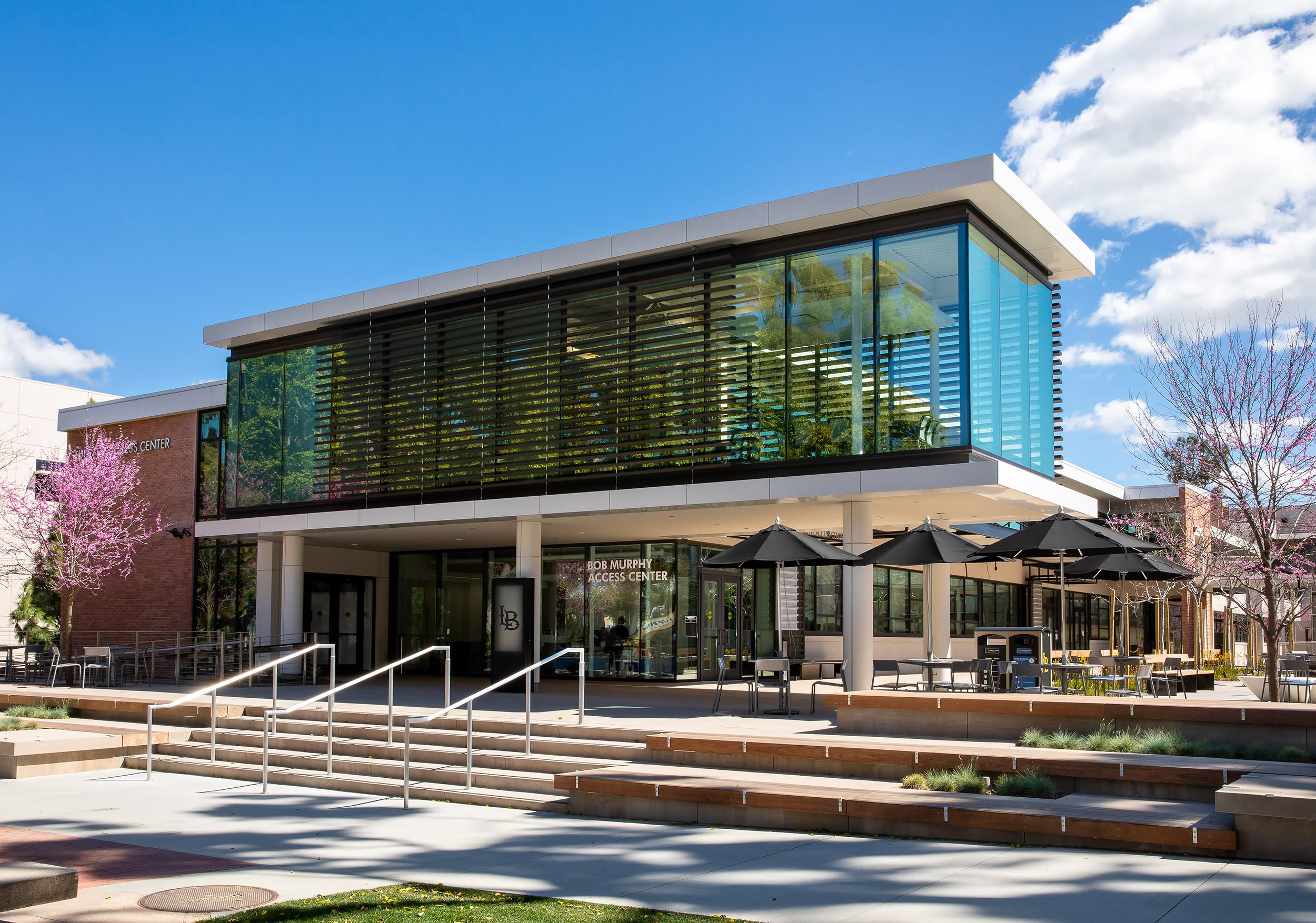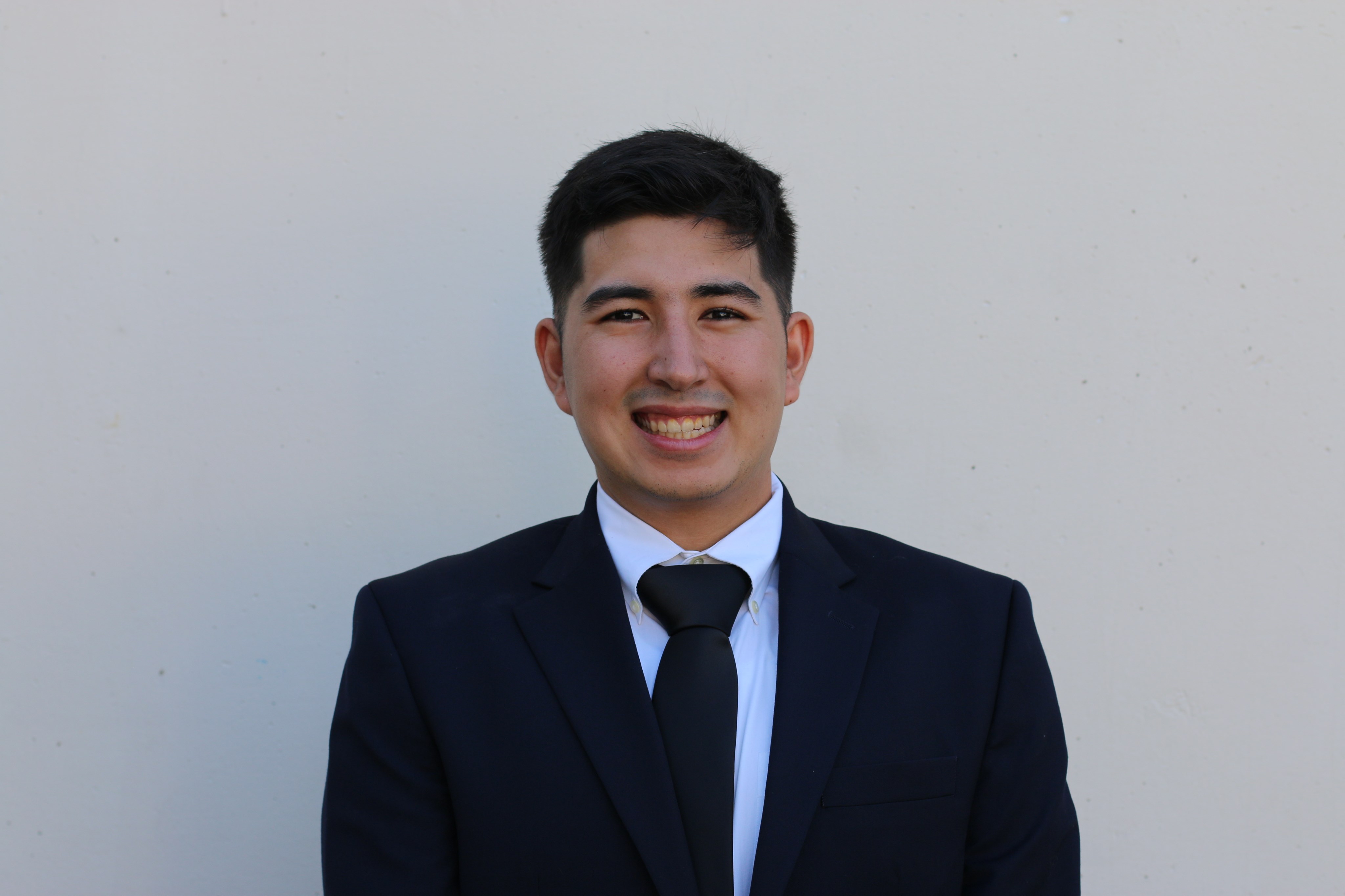First-year experiences like these can make all the difference in student success. With this in mind, higher education leaders continue to find ways to strengthen student support during that critical first year.
In 2018, the American Association of State Colleges and Universities (AASCU) finished a multi-year initiative called
Re-imagining the First Year of College with 44 participating universities across the nation which included several CSU campuses. We asked two CSU campuses that were part of the program to share a few best practices that emerged and how they are being deployed today. Many of these practices align closely with the CSU's
Graduation Initiative 2025, which aims to improve retention and graduation rates for all students.
Place-based learning communities, like Humbold State's Among Giants program, are designed to motivate incoming freshmen and immerse them in their majors with a built-in network of support from faculty and peers.
As the CSU's most rural and remote campus, leaders at
Humboldt State understand the importance of helping students feel like they are part of a community—that they belong there. According to HSU Vice Provost Mary Oling-Sisay, Ph.D., one of the key practices that evolved from Humboldt's Re-imagining the First Year (RFY) initiative is the focus on student learning communities. A student learning community is a curricular approach that links a cluster of courses around an interdisciplinary theme and enrolls a common cohort of students. They are designed to improve a student's sense of belonging, community and place. The campus currently offers
seven different first-year learning communities across two colleges.
“Place-based learning communities provide a structure in which students can not only be welcomed to the university, but welcomed to this place and set on a productive path to becoming a scientist in this region of California," says Dale Oliver, Ph.D., dean of the College of Natural Resources & Sciences at HSU and past Integrated Curriculum Committee Chair of the Humboldt State University Senate.

Humboldt State student Maria Angelica Garcia (right) credits the support she received through the learning community with her success and persistence in pursuing her engineering degree.
Klamath Connection is one example of a
place-based learning community offered through the College of Natural Resources & Sciences. Over the course of the first year, freshman in specific science majors will be immersed in fieldwork and seminars with a group of peers and will be connected to resources and receive support on navigating college life. Launched in 2015, the Klamath Connection program has shown increased success rates for the natural resource and life science students who began college in the program. Students reported a heightened sense of belonging, community and academic skills when compared to other freshman in their majors.
Another key takeaway for HSU during the RFY initiative kickoff was that the university was on the right track with its course redesign efforts. Dr. Oliver explains that RFY (which began in 2016) emphasized the power of co-requisite remediation in first-year student success. Co-requisite courses generally include a three-unit general education class paired with a one-unit “co-requisite" class that provides support and complementary knowledge for students to succeed in the three-unit class. Oliver says that Humboldt was already piloting some co-requisite courses at that time, and hearing about it at the RFY meeting helped to reinforce what they were doing and gave them the push to implement co-requisite math courses in concert with some of the learning community pilots at Humboldt.
“That first RFY meeting in 2016 helped us kind of jumpstart the work that would be set across the CSU," Oliver says. Issued in 2017, the CSU's
Executive Order 1110 called to eliminate non-credit-bearing remedial courses by the start of the 2018-19 academic year. That meant that first-year CSU students placed in developmental General Education (GE) courses could begin earning credit through co-requisite and other support models.
That first RFY meeting in 2016 also revealed some data that catalyzed more immediate change for HSU and other university participants.
Julie Alderson, professor in the HSU Department of Art and past chair of the University Senate, explained that after one of the keynote speakers shared her data on the impacts of the messaging in academic probation letters, HSU leaders decided to revise the language to be more positive and encouraging instead of sounding punitive.
What's more, Alderson says, “the experience moved us beyond a letter to influencing an institutional mandate to look at the ingredients of student success and take ownership of students' success. This continues today in the
HSU Student Success Alliance."
Beach
Takeaways

The new Beach Transfer Transition Center at Cal State Long Beach provides a dedicated space for incoming community college transfer students to find resources, support and connect with fellow transfer students.
At California State University, Long Beach, leaders involved in the RFY program worked to create a holistic approach for the campus and its first-year students. “After investigating and identifying common and persistent issues with our student population, and using data collected for Graduation Initiative 2025, we established several mission-critical strategies as a result of our RFY task force," says Cal State Long Beach provost and senior vice president, Brian Jersky, Ph.D.
One of the outcomes included CSULB's Paideia first-year seminars, piloted in fall 2019. CSULB introduced six new area "e" (lifelong learning) GE courses designed specifically for first-year students, with an emphasis on getting to know the university, the campus and discovery learning—or “learn by doing." Course topics include religion and government, the arts, the mind-body connection, financial decision-making and globalization.
Another key program that resulted from CSULB's RFY Task Force was the introduction of online
essential skills modules, designed to be used in the classroom and at-home study. “The purpose of the modules is to help students implement skills beyond the classroom, such as collaboration, communication and critical thinking," Jersky says.
The creation of the
Beach Transfer Transition Center (BTTC) was a third major outcome of the CSULB's RFY Task Force. With community college transfer students making up more than one-third of the CSU's undergraduate population and with CSULB being one
of the top 10 universities in the country for transfer enrollment, there is need for additional support to ensure their first year at the university is successful. The Beach Transfer Transition Center (BTTC) opened on the Long Beach campus in spring 2019 and provides a dedicated space for transfer students. “Students can ask questions, identify their concerns and gain support while on campus," says Jersky.

CSULB student Daniel Rabaso is receiving valuable support through the Beach Transfer Transition Center, a place dedicated to offer services and connections for community college transfer students.
Daniel Rabaso transferred to CSULB in fall 2019 from Los Angeles Valley College. “Life is already confusing and overwhelming, especially for students who just transferred from a community college to a four-year university. But when I discovered the Beach Transfer Transition Center, it connected me with other transfer students who also know the challenges we face," says Rabaso, a criminal justice major and a member of service-based fraternity, Alphi Phi Omega. “Also, the Transfer Center provides me with a space where I can study and relax on a daily basis. Without the Transfer Center, it would be tough to connect with other community college transfer students and be successful at Cal State Long Beach."
Working Together
Humboldt State's Julie Alderson says that the Re-imaging the First Year program helped influence a culture shift that has happened on her campus. “I think it has been really helpful in terms of having us really being more thoughtful about what we're doing for our students in all aspects of their experiences… We're all doing the same job and working together to think about student success as all of the elements of their experience, not just what happens in the classroom."